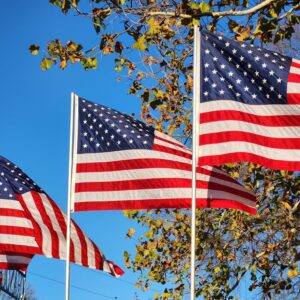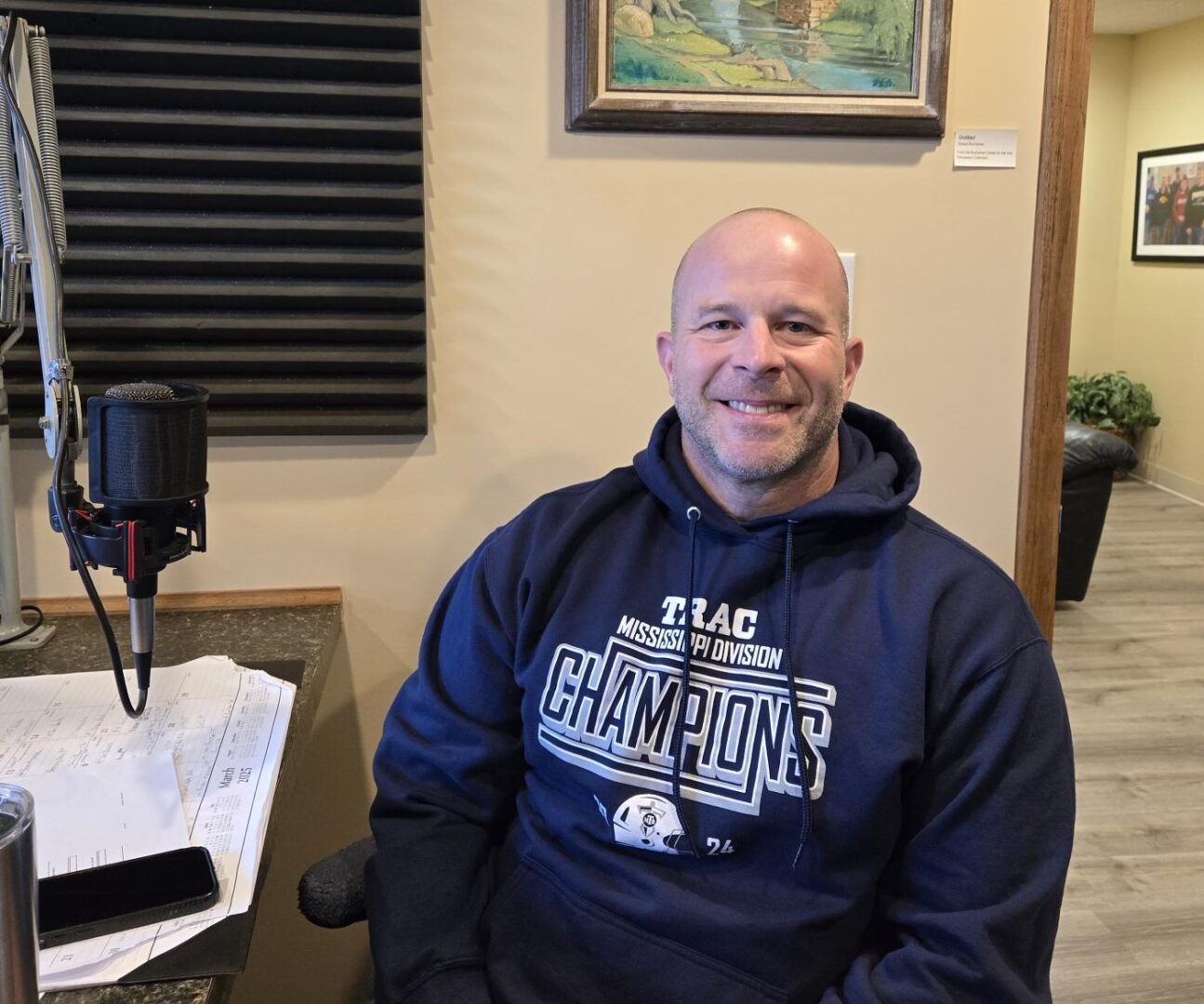By Thomas Best
You know how much I like to travel. Do you know what else I really love to do: read books about traveling.
Recently, I have been reading one of the better books on historical travel. This guide is Tony Horwitz’s book, “Spying on the South: An Odyssey Across the American Divide.” Horwitz, who unfortunately passed away before his time, is one of my favorite authors dating to his influential book, “Confederates in the Attic.” That book examined how the Civil War is still very much alive in the minds of some people ranging from Civil War reenactors and docents at former southern plantations.
This new book, “Spying on the South,” continues in that vein as Horwitz examines the experiences of a northerner—like himself—who toured the South in the Antebellum Era. This “vagabond” was Frederick Olmstead, best known for his design of Central Park in New York City. In the 1850s, Olmstead made multiple trips across the future states of the Confederacy to examine not only the natural wonders, but to come to better understand a population of people whose partisan political ideas were polarizing not only their region, but the country as a whole.
Over the next few weeks, I would like to share what both Olmstead and Horwitz think of the geography, demographics, and natural environment of lands stretching from the Ohio River Valley to Texas and the states of deep south.
Olmstead, in this era, said much with this simple statement: I was born for a traveler. Horwitz was as well, and I know that I often feel this same way. Olmstead traveled across the vast south by riverboat, horse drawn carriage, and steamboat. Other than the middle choice, Horwitz exposed himself to the South with similar means of transportation. Olmstead’s explorations, which lasted several years, knew his contacts with southerners would raise eyebrows. Yankees were not much loved across the South in an era when failed compromises between newly formed Republican Party and Democratic Party sparred over the expansion of slavery into new western territories. Olmstead, glossed over his decidedly northern perspectives by stressing how he was traveling to learn more about the agriculture and plants of the natural environments. He wasn’t completely lying, as he did seek opportunities to study and think about how he could use such plants, trees, and grasses he would use in his vision about creating beautiful public parks. Of course, his New England roots, dialect, and ideology would separate him in speech and thought from those he met—especially slave holders.
Yet, like Horwitz and myself, we are all enthusiasts by nature when it comes to seeing and learning new insights. So over the next several weeks, let’s follow Olmstead, Horwitz and myself views as we offer ideas about traveling across the South.













